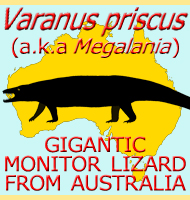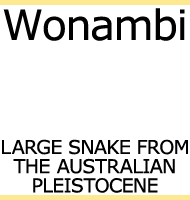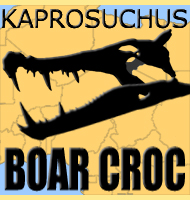


Quinkana
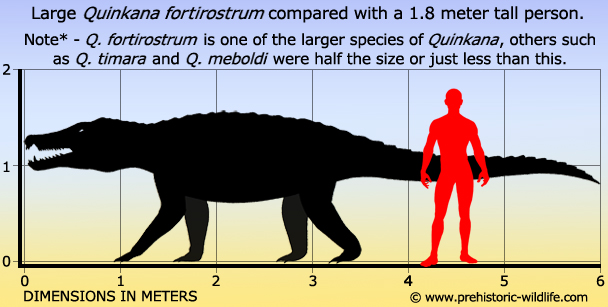
Name: Quinkana
(Native
spirit).
Phonetic: Quin-kahn-ah.
Named By: Molnar - 1981.
Classification: Chordata, Sauropsida, Crocodilia,
Crocodylidae, Mekosuchinae.
Species: Q. fortirostrum (type),
Q.
babarra, Q.
meboldi, Q. timara.
Type: Carnivore.
Size: 2 - 6 meters long, depending upon the species.
Known locations: Australia, particularly Queensland.
Time period: Miocene of the Neogene through to the
Ionian of the Pleistocene.
Fossil representation: Several specimens including
two skulls.
Quinkana
was
one of the last surviving terrestrial crocodiles,
and disappears from
the fossil records as recently as forty thousand years ago. This
disappearance also coincides with the disappearance of many of the
large mammals from Australia and is thought to be a result of the first
humans arriving on the continent. Even if Quinkana
did not come into
direct conflict with human hunters, it may have simply been out
competed by them.
There
are two main features
of Quinkana that suggest a terrestrial lifestyle.
First are the legs
that are better able to support and carry the body clear off the
ground. Most of the crocodiles we know today are primarily aquatic and
are only able to push themselves along on their bellies. The second
feature is the type of tooth. Aquatic crocodiles typically have conical
teeth that are very good for holding onto struggling prey as they drown
it underwater.
However,
because it lived on
the land, Quinkana could not use water to drown its
prey, so conical
teeth would be of limited use. Instead the teeth were more like knives,
compressed laterally and with serrated edges. This means that a bite
from Quinkana would do a lot of damage to a softer
bodied prey item
like a mammal. Even if the prey survived the initial attack and escaped
it would probably succumb to shock and blood loss in a short space of
time, meaning Quinkana would just have to bide its
time until the prey
was too weak to escape.
There
is considerable size
variation in the species of Quinkana. The type
species Q. fortirostrum
is the largest at five to six meters long. Earlier species of Quinkana
such as
Q. meboldi and Q. timara were
smaller at around two meters length. Also of note is that the smaller
species are also the older ones, which means that as the genus existed,
individuals and newly emerging species steadily grew to larger sizes as
seen by Q. fortirostrum.
Further reading
- Pleistocene ziphodont crocodiliansof Queensland. - Record of the
Australian Museum 33 (19): 803-834. - R. E. Molnar - 1981.
- A new species of Quinkana Molnar (Eusuchia:
Crocodylidae) from the
Miocene Camfield Beds of northern Australia. - The Beagle, Records of
the Museums and Art Galleries of the Northern Territory 11:145-166. -
D. Megirian - 1994.
- Quinkana babarra, a new species of ziphodont
mekosuchine crocodile
from the early Pliocene Bluff Downs Local Fauna, Northern Australia,
with a revision of the genus. - Proceedings and Journal of the Linnean
Society of New South Wales 116: 143–151. - P. M. A. Willis & B.
Mackness - 1996.
- New crocodilians from the late Oligocene White Hunter Site,
Riversleigh, northwestern Queensland. - Memoirs of the Queensland
Museum 41(2):423-438. - P. M. A. Willis - 1997.
Random favourites
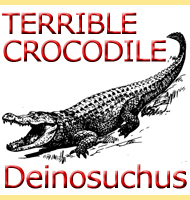 |
 |
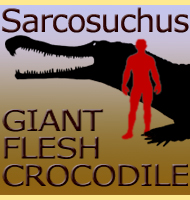 |
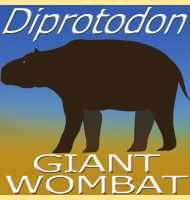 |
